LG is switching things up in 2020, launching a V series device ahead of a new G series phone. Recently, we learned that we aren’t quite sure what to expect from the G series this year, but we’ll be here when things get sorted out by LG. When asked why at a press briefing, I was told that the main reasoning behind this decision was 5G. Carriers want 5G phones to sell on their new 5G networks, so LG has obliged and is providing what is needed.
The question is, is the new V60 ThinQ 5G (just V60) still the same ol’ Stuff & Things experience that we once loved? These days, LG must be desperate for a winner, with no phone garnering much public affection for a few years now. Can the V60 change that? Let’s find out.
This is our LG V60 quick review!
Note: The COVID-19 pandemic has had me stuck inside for the majority of days recently, so you may notice a slightly different length for the following review. You’ll see all of the usual categories, but because I hardly left the house with this device, I feel like my experience isn’t quite what it could have been in terms of a being a full picture of living with this device. Following the review, should you have any remaining questions on the device, don’t be afraid to throw them down in the comments. Now, onto the review!
The Good
Battery
The biggest positive I’ve had with the V60 is the battery. This thing is a beast. Sized at 5,000mAh, I have been getting multiple days of usage on a single charge, sometimes getting about 10 hours of screen on time. For me, that’s insane. I’m curious how my isolation has played into this figure, but my habits really haven’t changed all too much.
Regardless, what I do know is that the phone’s display is limited to full HD and 60Hz, which could help users get better battery life. Yes, you’re missing out on QHD and even 90Hz, but some people prefer tons of battery. That’s just fine!
Niche Audio Things
The V60 is back with the niche, complete with its Quad DAC and headphone jack. To clarify, I don’t think a 3.5mm port is niche, but the idea that having a phone with outstanding audio features will somehow draw a ton of people to it seems misguided. LG sales have been going down and down over the years, with Quad DACs and headphone jack loyalty appearing to not help with anything.
As a music lover, I enjoy the heck out of good sounding audio, but even I have moved on to wireless earbuds, the same as many other smartphone users. I no longer need a headphone jack and I can’t utilize the Quad DAC when wireless. So for me, it’s wasted. I’d much prefer a high resolution display or at least a 90Hz refresh rate. You know, something that could be mass marketed and not just advertised to a select group of people who swear vinyl is the only way to listen to music.
If you have missed my Quad DAC coverage from past LG devices, it’s a great addition for anyone who can’t seem to let go of their wired headphones. With it, you can put your audio through advanced audio filters and play with sound presets, as well as change the balance of the audio being listened to. Even though I can’t personally enjoy this feature, I know LG fans and wired headphone fans will adore it. I used to be like you.
From what I can tell, LG has implemented a 3D Sound Engine that anyone can use (wired or wireless), which gives off a 3D effect when listening to things. You can set it manually for Cinema, Music, Voice, as well as Auto. I’ve had it set to music and it seems pretty nice when paired with my Galaxy Buds. I listened to a podcast with the Voice setting and that was a nice full sound.
Camera
While the V60 lacks an abundance of cameras, it makes up for that with the quality of the cameras it does have. There’s a 64MP standard (F1.8 / 0.8μm / 78˚) camera with pixel binning to 16MP, as well as a 13MP Super Wide camera.
From the few shots I have been able to take, the cameras are very good. The colors seem very accurate and contrast levels are spot on, though, at times I did notice the camera likes to overexpose certain things depending on the surrounding light. If you’re having issues with that, LG has included a ton of camera modes, including the modes that LG fans have come to love. There’s a Manual Camera mode, Manual Video mode, Night View, Cine Shot, as well as an integrated YouTube Live mode.
One thing to note, LG has included additional external microphones on this device, aloowing video takers to get exceptional sound recordings. Most importantly, using software on the device, the phone has an uncanny ability to hone in on human voices and mute most other sounds. Taking video on a windy day and still trying to hear someone talk? The V60 can help you very much in this situation.
Below you can see a few camera samples, resized but unedited.
Somewhere in the Middle
Specs
I can’t remember the last time I didn’t have the specs of a major smartphone release in the Good section. The thing is, I really think this phone is lacking, especially when compared to phones it’s marketed against. Now, while the V60 isn’t priced like a Galaxy S20+ (just as an example), it’s still $800+, which is not cheap by any means. For that price, in 2020, I expect a few things — mainly a high resolution display along with a higher refresh rate. Even Google gave us a 90Hz refresh rate on the Pixel 4 series, so I’d expect a V series phone from LG to have it. After all, the V series are supposed to be the Stuff & Things phones!
Here’s what the V60 offers, starting at the price of $800: 6.8-inch 20.5:9 FHD+ P-OLED FullVision (2,460 x 1,080 / 395ppi) display, Snapdragon 865, Snapdragon X55 5G modem, 8GB RAM, 128GB storage, microSD, dual rear cameras (64MP standard + 13MP super wide), 5,000mAh battery, USB-C, stereo speakers, in-display fingerprint reader, IP68 water and dust resistance, NFC + MST for LG Pay, and Android 10 with LG’s custom skin running on top.
On paper, this is a fine device, but what’s interesting to me is, how much would this phone cost if there was no 5G? Let’s say the 5G connectivity adds $150-$200 to the price, which seems fair based on the prices we’ve seen of other 5G phones in 2020. If this phone cost $650-$700, maybe I wouldn’t be upset about the lack of a QHD display and higher refresh rate, but as we get close to mid-2020, I expect my top-tier devices to have some killer specs. Keep in mind, LG was the first major Android OEM to utilize a QHD display, so it feels very un-LG for the company not to include one. I get it, they have to keep the price down, but this phone just doesn’t come off as very special in the specs department.
Display (and Dual Screen)
As I just talked about in the specs section, I expect more from LG, the pioneer of QHD displays for Android phones. The V60 comes equipped with a 6.8-inch 20.5:9 FHD+ P-OLED 1080p display, complete with a big fatty notch right in the middle. The notch isn’t what bugged me at all when using this device, and instead, what really became apparent was the lack of a higher refresh rate. Having come from 120Hz on the Galaxy S20 Ultra, everything on the V60 just appears more slow, which is one of the disadvantages when sticking with the standard 60Hz rate. I also want to clarify that the lack of QHD is not the end of the world, but again, LG has been a leader in this space for some time, so it’s disappointing that they’ve not included one. The phone just feels like a compromise in a few areas.
Looking past that, the display gets the job done proficiently. Colors are not overblown or oversaturated, plus you get all of the same features as you would on other devices. You can utilize a Comfort View to eliminate blue light, you can enable an always-on display, you can have Knock-On for tapping the display to wake and sleep it, and you can also use a Video Enhancer feature for watching videos with brighter and more vibrant colors. Basically, it’s a fine display, but it’s easy to wish that LG didn’t compromise and still offered the V60 with QHD.
Speaking of the display, let me quickly go over the Dual Screen accessory. It’s fine. With it, users can expand their main screen into two screens, designed currently for usage with a select number Google apps. For example, you can stretch Gmail or YouTube across the two screens, which is fine and dandy, but where this accessory really shines is the gaming. Some games allow for virtual controllers, with the Dual Screen taking perfect advantage of this. Gameplay on one screen and your controls on the other. It’s perfect. My only beef with this accessory is charging your phone with it on. Obviously you can remove the phone from the accessory should you need to, but LG actually uses a different charging mechanism for Dual Screen, a magnetic pin system. So, in order to charge, you need a little attachment that is put on Dual Screen, then you can charge the phone. If you lose this tiny little thing, oh well, I guess.
Where I found myself using this accessory the most is mainly just as a case/stand for the device. You can fold the Dual Screen back and sit up your phone, which is great for consuming media. I’m not currently doing a ton of multitasking with the quarantine happening, but I’m sure if life was a bit more normal I could see myself using it for doing various things simultaneously. If you’re coming from an LG G8X, I’m sure you’ll love it.
Software
LG launched the V60 with Android 10 onboard, along with an updated version of its custom UI. I am still sour that LG’s redone UX 9.0 isn’t quite as significant as other custom skin redos we’ve seen recently, but it’s a step in the right direction. Settings menus and LG’s apps do look a bit better, but overall I feel as if I’m looking at the same skin as I was back in the LG G4 days. LG does allow users to customize the theme of the phone’s UI, but it’s all tied to LG’s store app and the themes inside really aren’t anything to get excited about. One of my bigger gripes is that I can’t easily apply an icon pack from off of Google Play. At least LG is trying to make things better.
Baked inside this skin, you’ll find plenty of advanced features, such as Context Awareness for automation of system settings based on your location, baked in screen recording, and the ability to manage gaming tools like display resolution and frame rate (which is funny considering the phone is limited to 1080p at 60Hz).
Android 10 vs. Android 8 is basically identical on LG phones
Since I’m on the topic of software, let’s talk about updates. LG hasn’t exactly improved its speediness, but it isn’t completely terrible either. This past January, LG Italy did the company’s job of offering transparency to customers, noting that many mid-range owners wouldn’t receive Android 10 until Q4 of 2020. If you own one of LG’s more expensive smartphones, chances are you are either on Android 10 already or will be receiving it soon. Merely guessing for the V60, if you’re curious when it might receive the next version of Android, which would be Android 11, a lot of that will be dependent on how long and how hard the current COVID-19 pandemic affects Google and its partners. Will we see a usual fall launch of the next Android version? Here’s hoping, but right now, companies are focusing on more things other than phone updates.
Hardware
LG has some catching up to do in the hardware department. The V60 feels and looks like hardware from another time, especially with its large bezels and top display notch. I don’t want to sound like a broken record here, but this phone screams compromise. It’s not awful, it’s just very uninspiring, and frankly, really boring to look at.
In terms of using it, there is one thing I’m enjoying and that’s the flat display. There are no rounded edges here, which makes for lovely usage when swiping out certain menus in apps that haven’t been updated to better take advantage of Android 10’s gesture controls. On the left side of the phone, LG has included its dedicated Google Assistant button. I appreciate this as a lover of Assistant.
According to GSM Arena, the V60 has a screen-to-body ratio of 83.6%. Compared to other recent devices, that’s a relatively small figure. For example, the Galaxy S20 range is around the 90% range and the OnePlus 7 Pro is at 88%. The Pixel 4 XL is at about 81%, so if you’re familiar with that phone and the insane amount of bezels it has, that’s close to what the V60 is with regard to area around the display. This might be subjective thinking, but for me, it’s simply not the look I want from a flagship device. I want clean and immersive. The V60 doesn’t quite offer that.
Other Notes
- Fiancée Impressions: “This phone is too heavy and too wide for comfortable use with one hand. I do like the display size and the notch. It’s cute. I don’t like the fingerprint reader graphic, it’s way too aggressive. I would be willing to overlook the size of the phone if it wasn’t so heavy, but it’s too heavy for me. I think it looks cool, it looks like nice hardware. It looks like a sturdy phone. You could probably hurt someone with it if you had to because it’s so heavy.”
- Bugs: WiFi – Since day one of using the V60, I’ve had an issue with the WiFi and its ability to auto reconnect to a network. It’s very straightforward. When I leave my home’s WiFi network, it fails to reestablish itself once I have returned home. Instead, it simply stays on cellular data. In order to fix, I have to manually go into WiFi settings and select my home WiFi network and hit “Connect.” Then everything is back to normal. I have reached out to LG concerning this issue, but haven’t yet heard back. I will update if I do.
- LG Pay: The V60 sports LG Pay, the company’s answer to Samsung Pay. It works with the same MST technology as Samsung Pay, automatically making it better than services such as Google Pay, which only utilizes NFC. The problem is, hardly any banks are supporting it right now and if Samsung Pay’s rollout is an example, I don’t see banks and credit unions jumping in line to support LG Pay — especially with the current affairs in the world right now.
Price and Availability
LG quite obviously has little control over how carriers are pricing their equipment and the package that customers receive. It’s actually pretty embarrassing from an Android enthusiast perspective. T-Mobile sells the V60 and Dual Screen in a package, as well as separately. For just the phone, it’s the lowest price of all the carriers at $799. With the Dual Screen, it’s $899. On AT&T, the phone $899 and AT&T grants you the Dual Screen for free, but you have to redeem it via LG’s website. That offer expires on April 20.
Update: A previous version of this review had Verizon’s promo for a free Dual Screen incorrect. Verizon is offering a free Dual Screen to both new and existing customers who purchase an LG V60. However, Verizon is still the most expensive carrier to get your V60 from, with the phone priced at $949.
It’s a mess of a situation if you want to buy the LG V60.
Buy LG V60
Videos
Unboxing and Tour
LG V60 Hands-on
Gallery
The Verdict
I’m trying to be positive, but I can’t think of a single time I’d recommend this phone. Maybe if you need some manual camera controls and you absolutely have to have the best audio on a smartphone, but besides that, this phone feels so lacking and uninspiring that I assume it will fade into oblivion like all of LG’s other phones from the past 3-4 years.
If there’s anyone who wants LG to start kicking ass, it’s me. I want competition in the Android market. I don’t want Samsung dominating everything, but there is no way LG is even close with the V60 compared to any of the Galaxy S20 devices. It’s not even close. You have to also note that OnePlus has quietly turned itself into a serious market competitor and things are only going to get harder and tougher for LG.
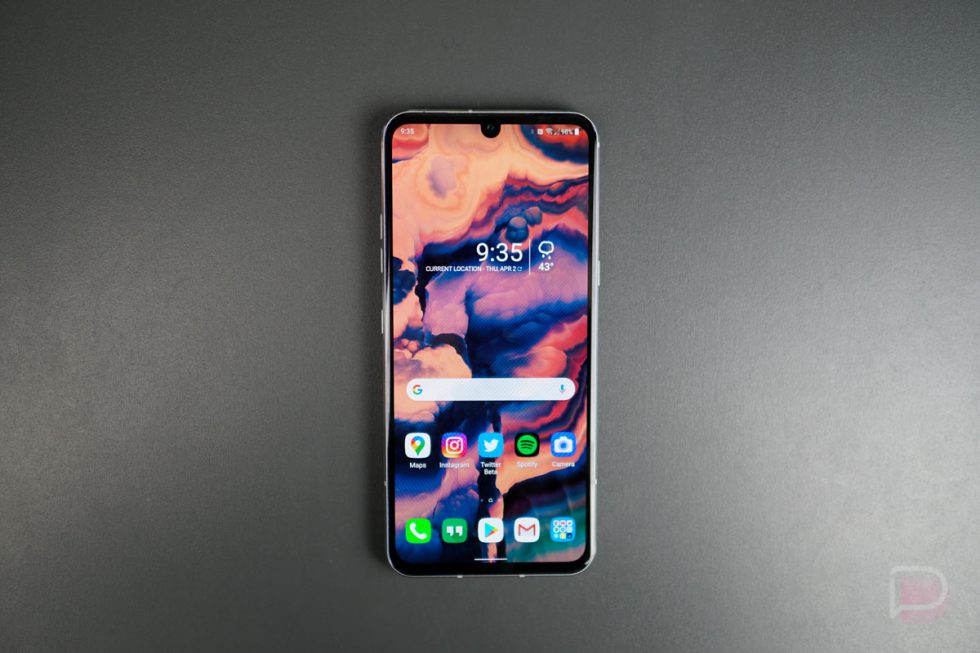
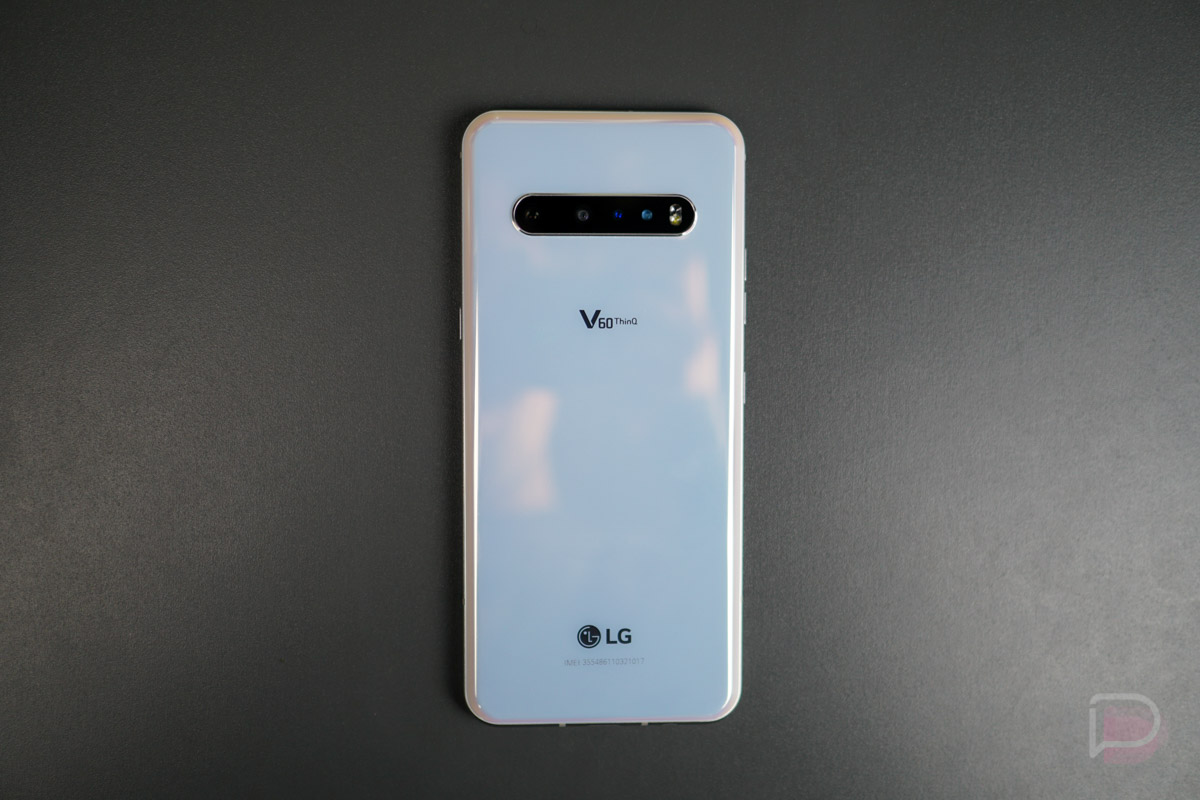
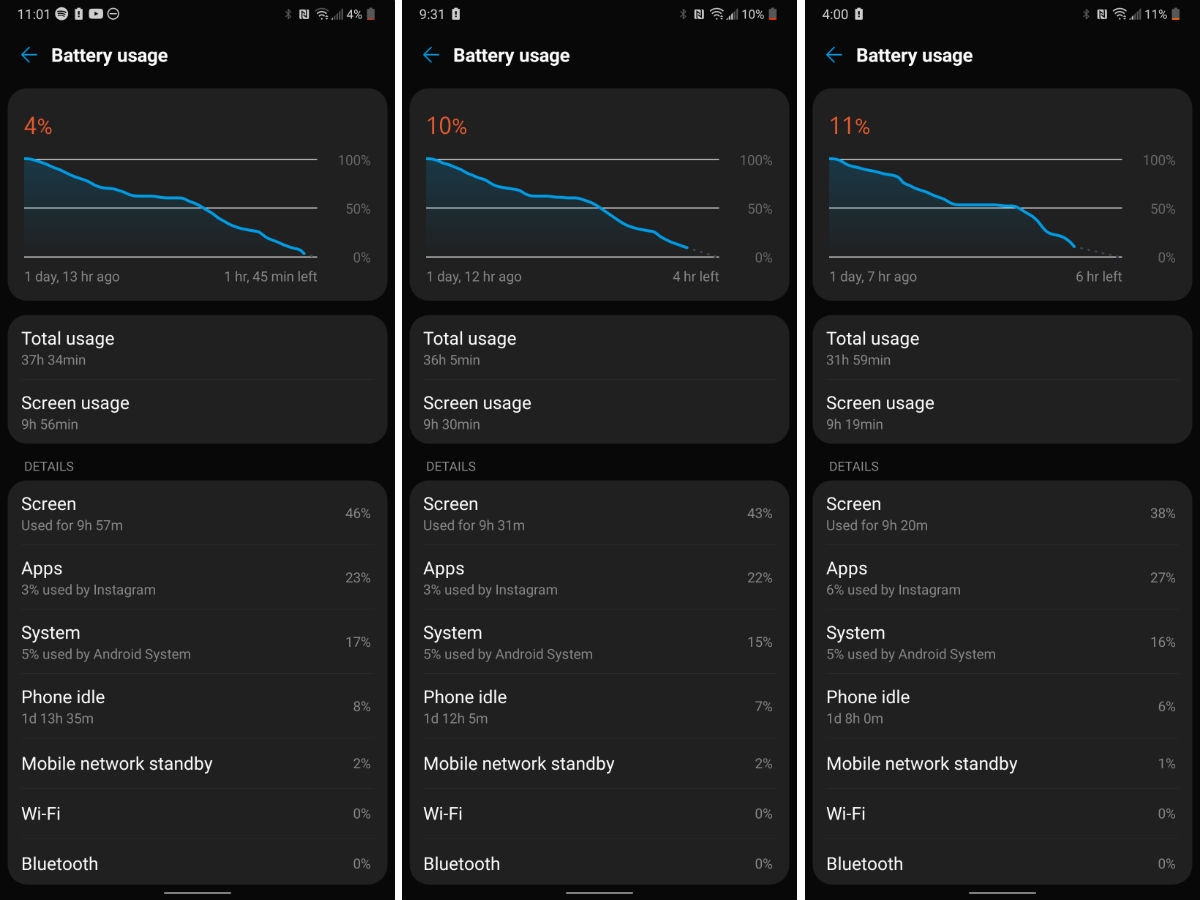
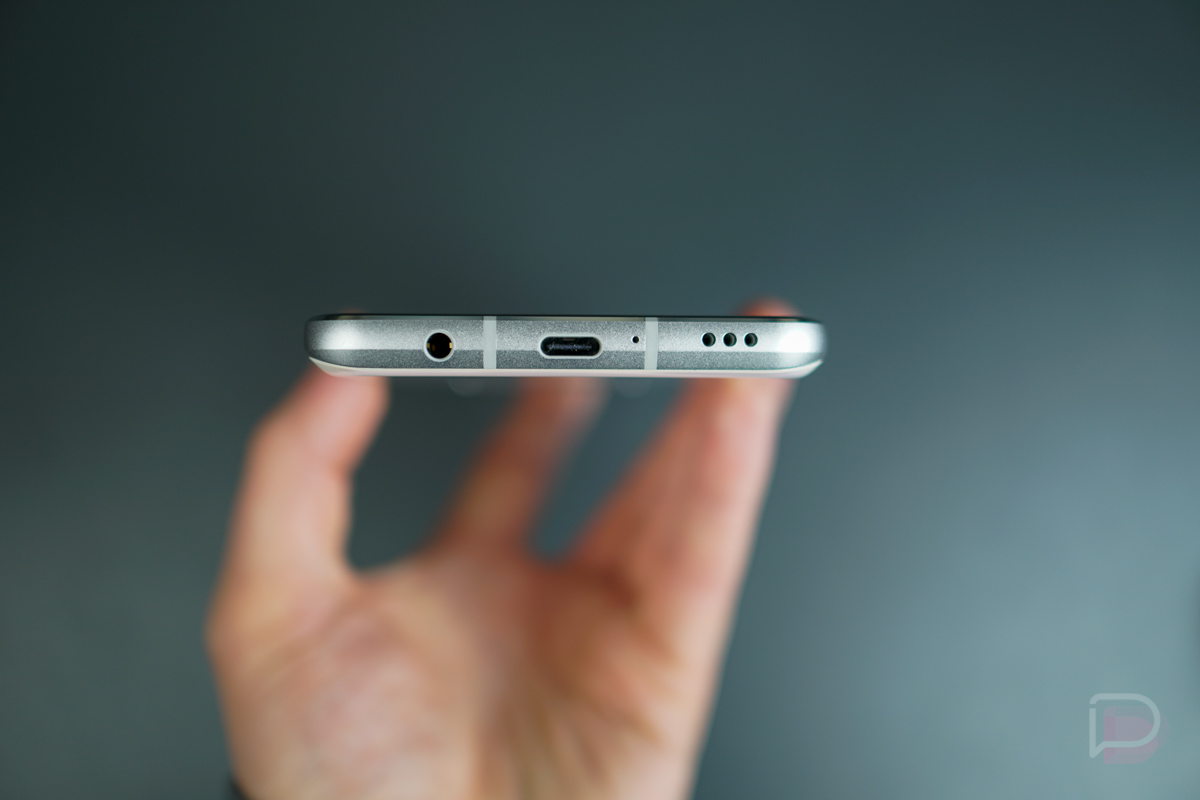
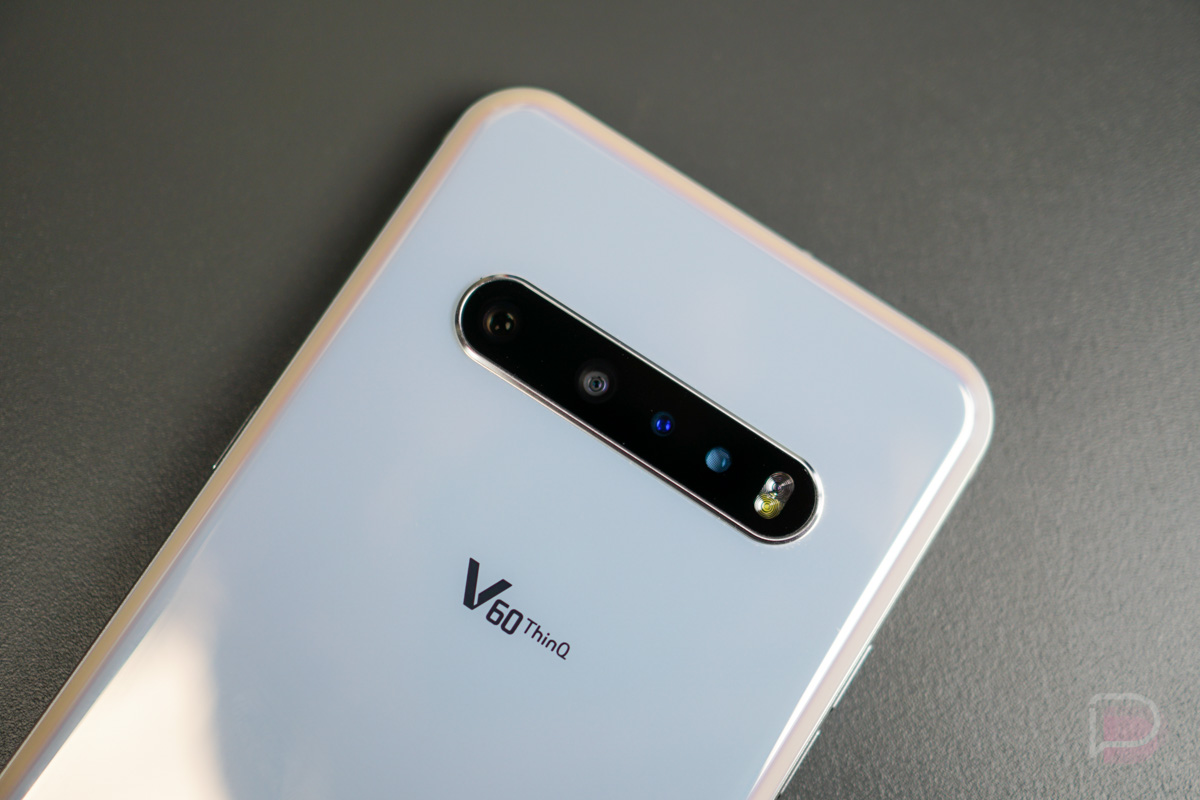
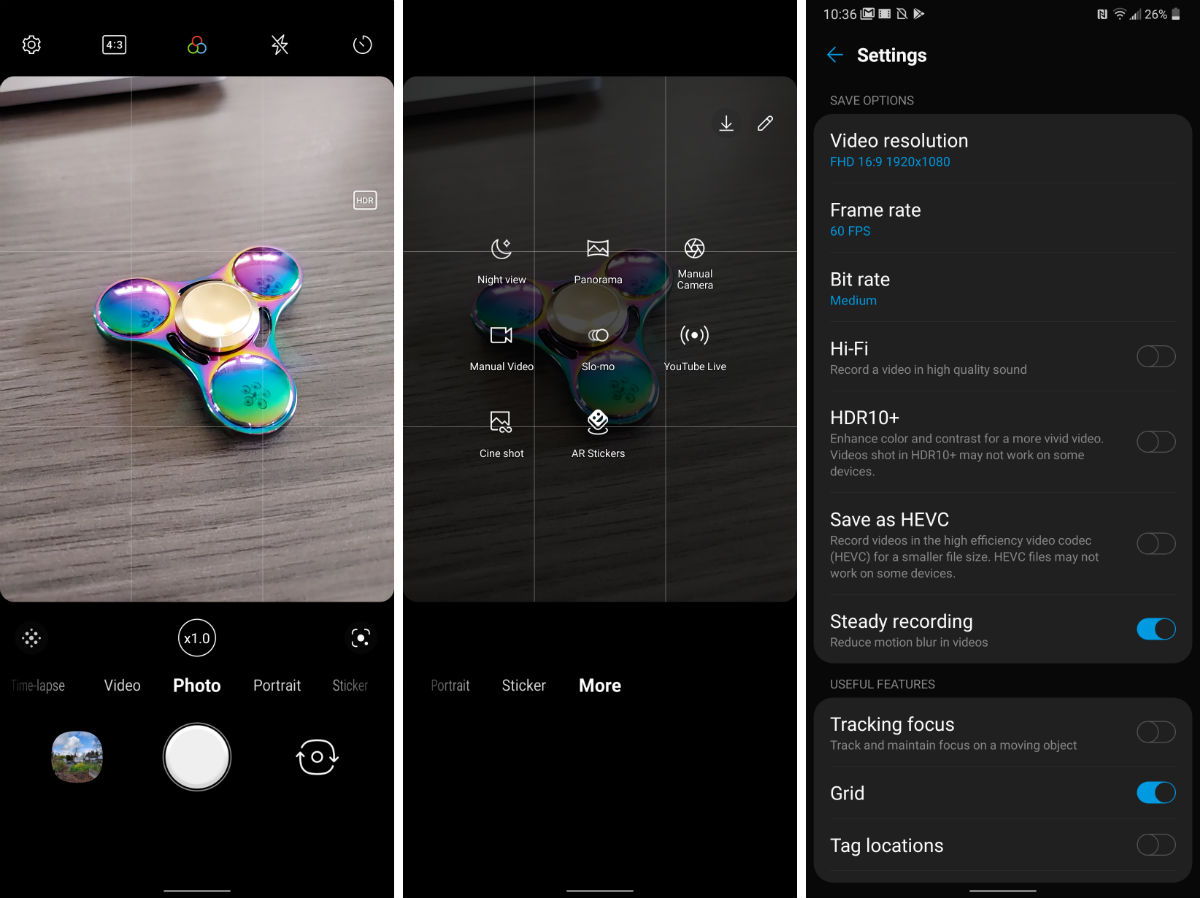


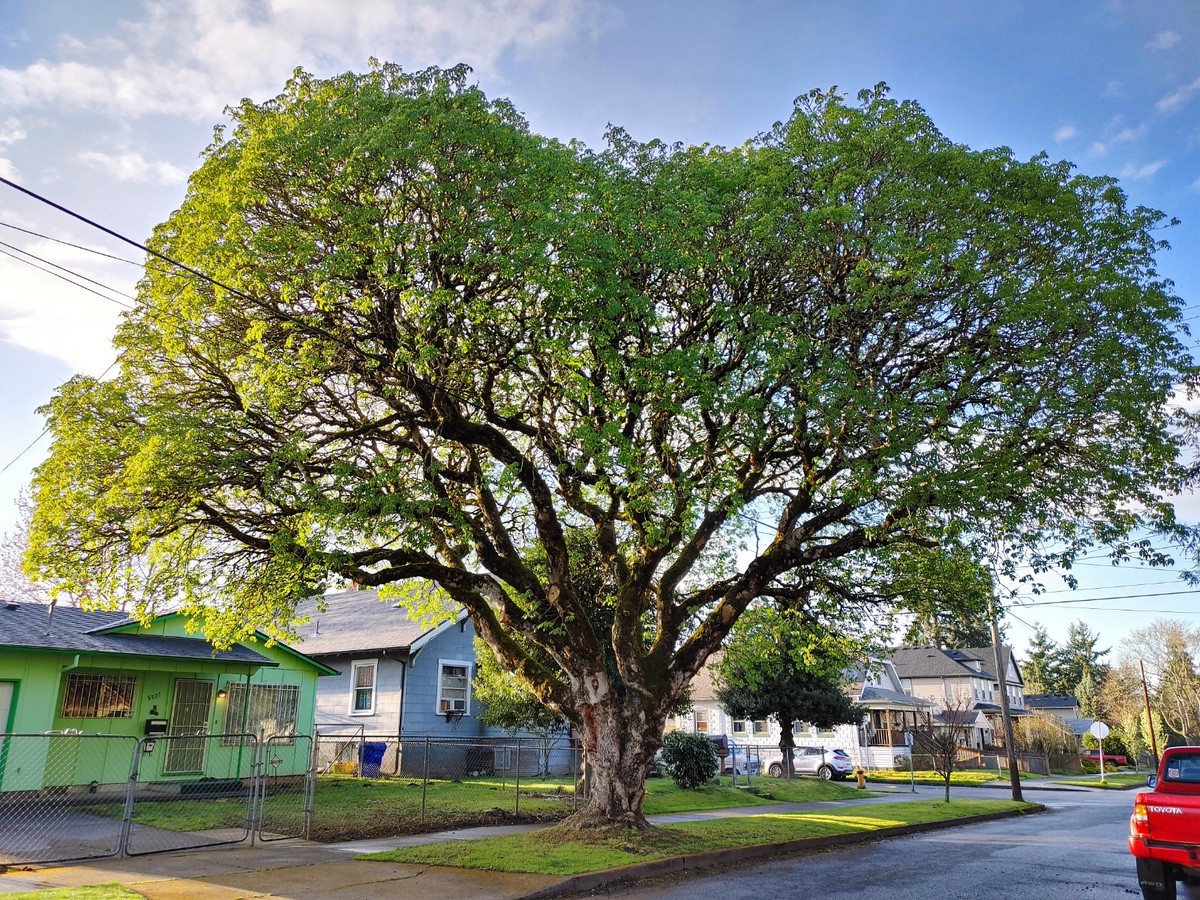



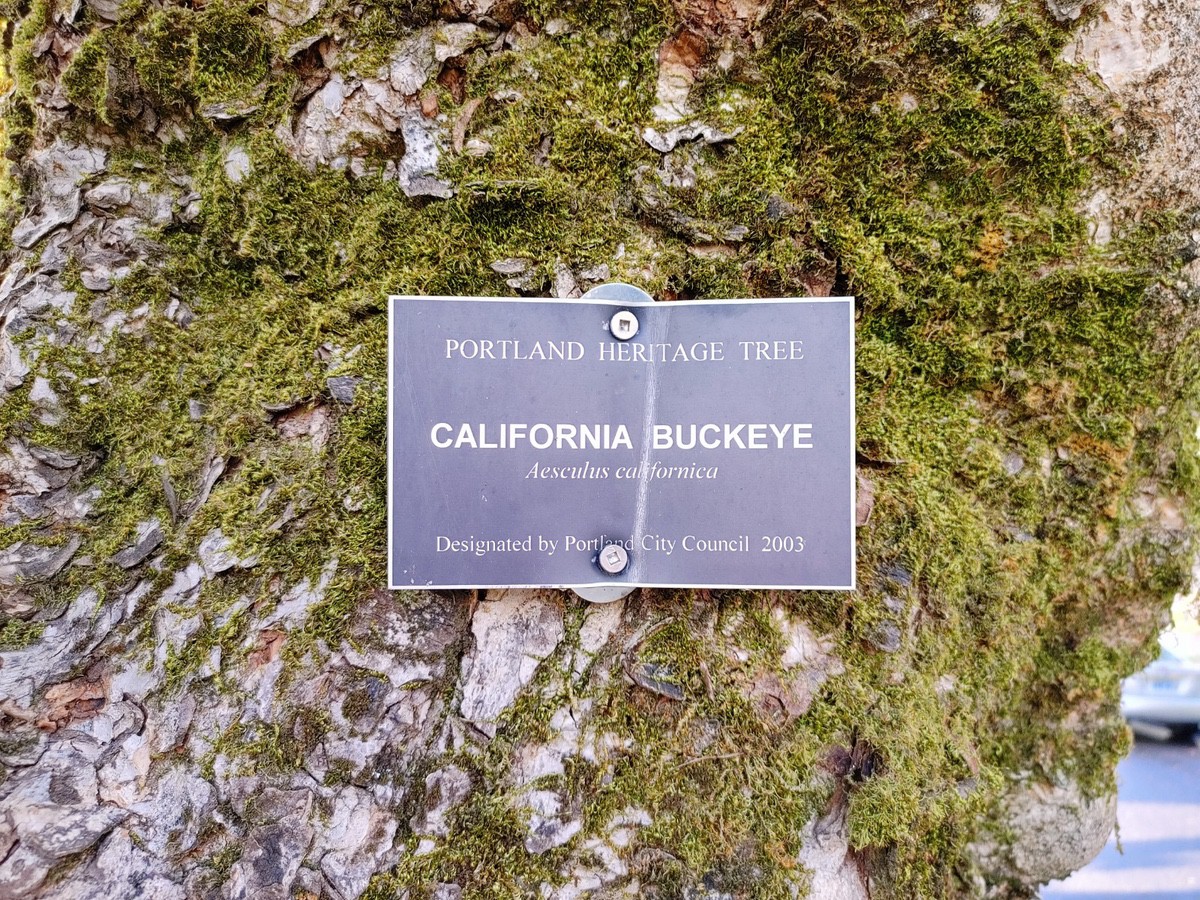




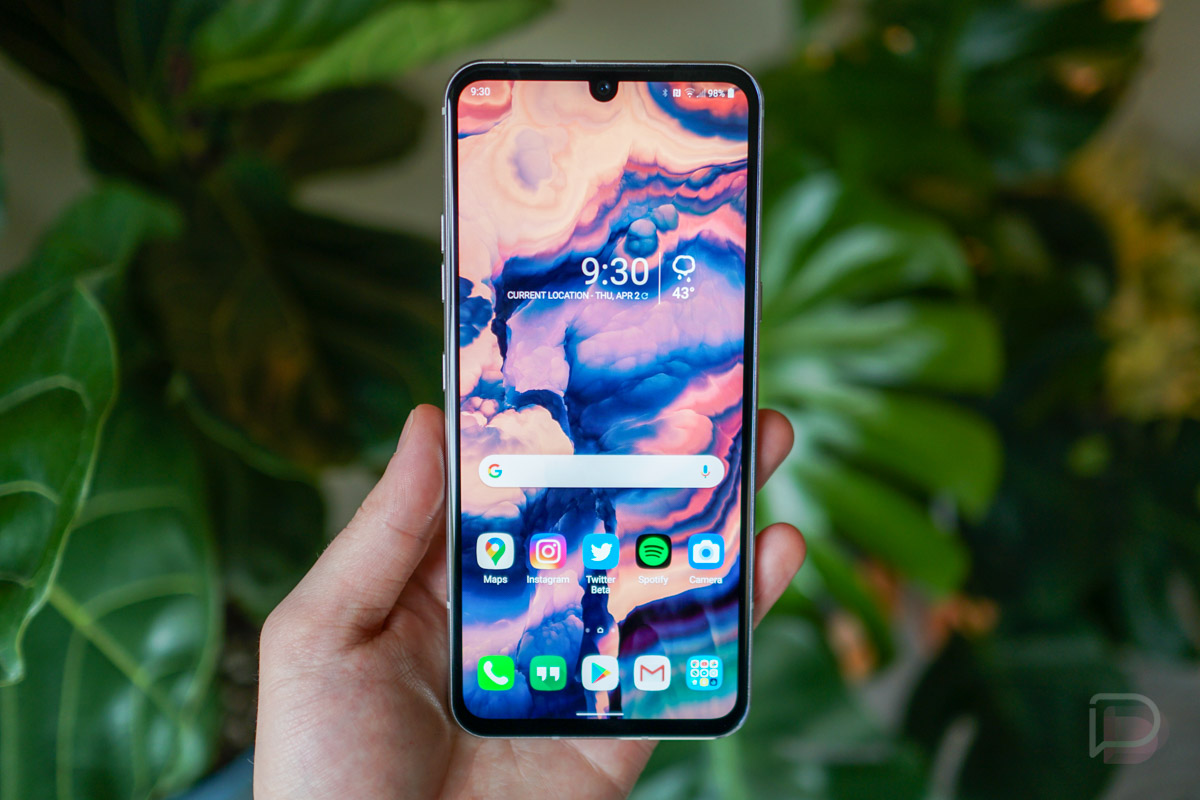
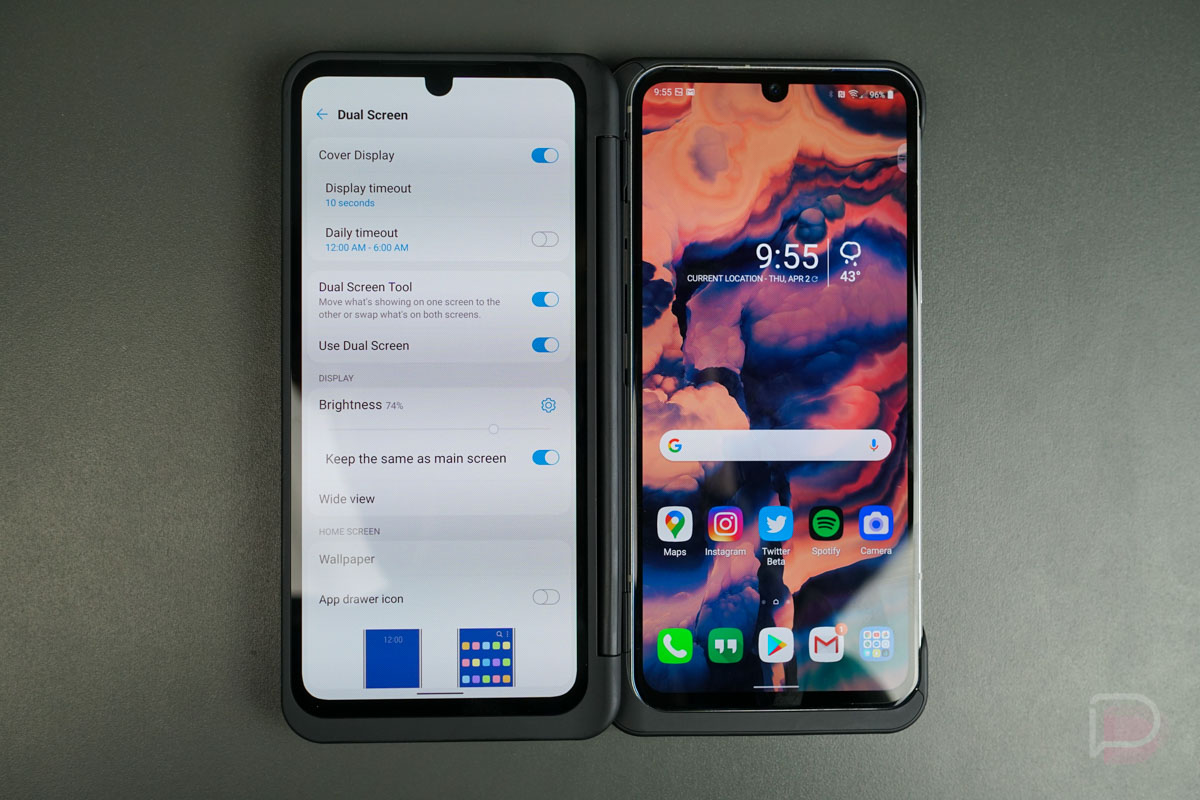
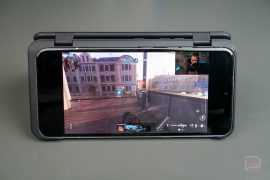
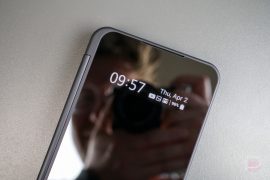
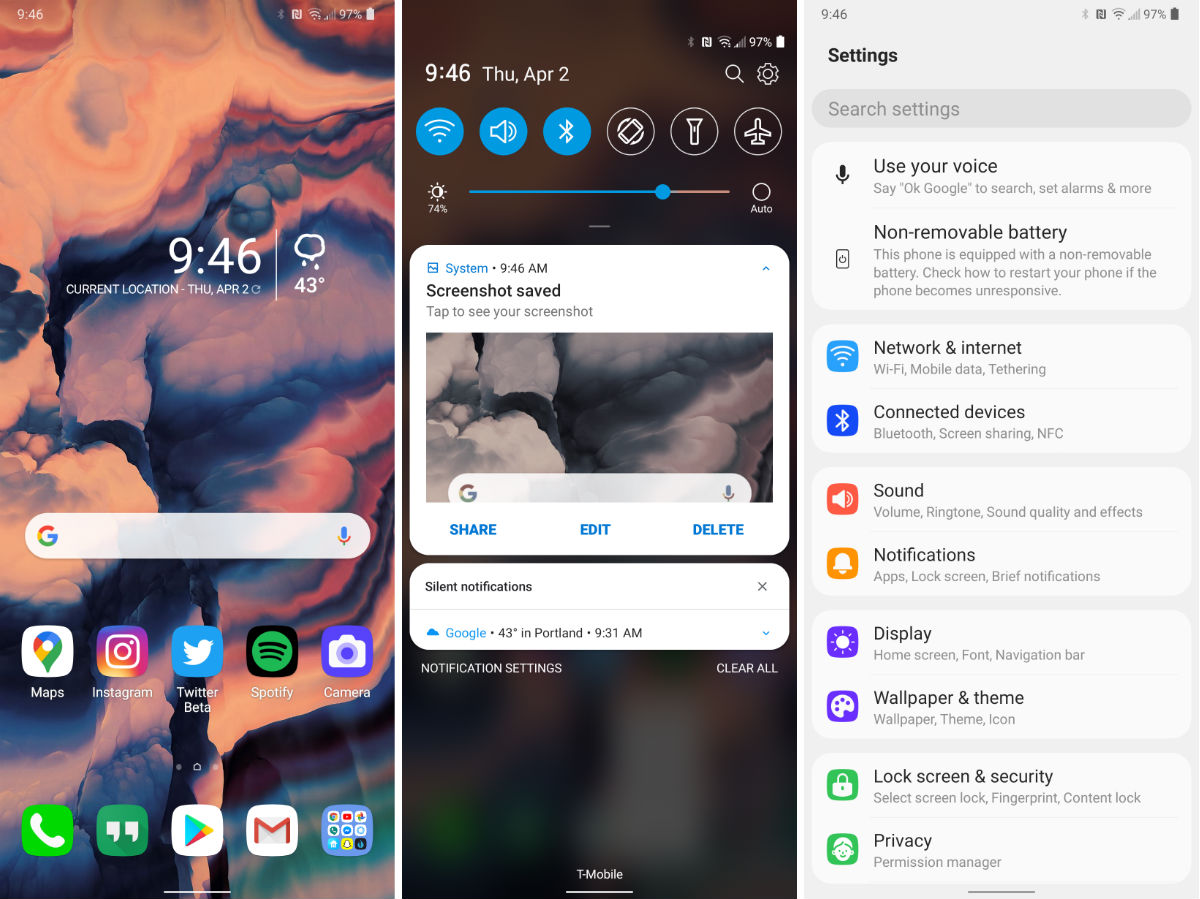
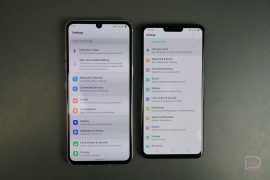
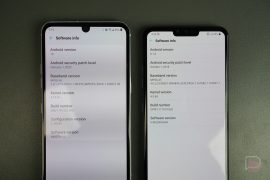
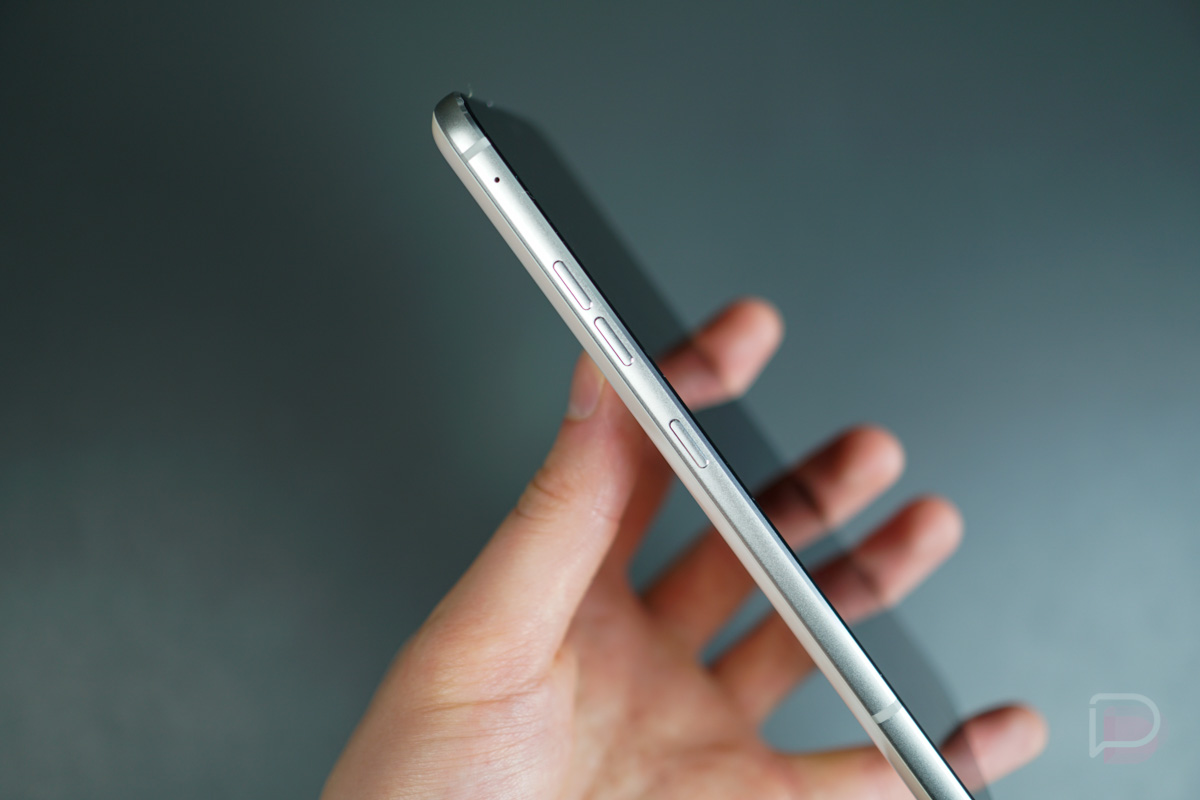
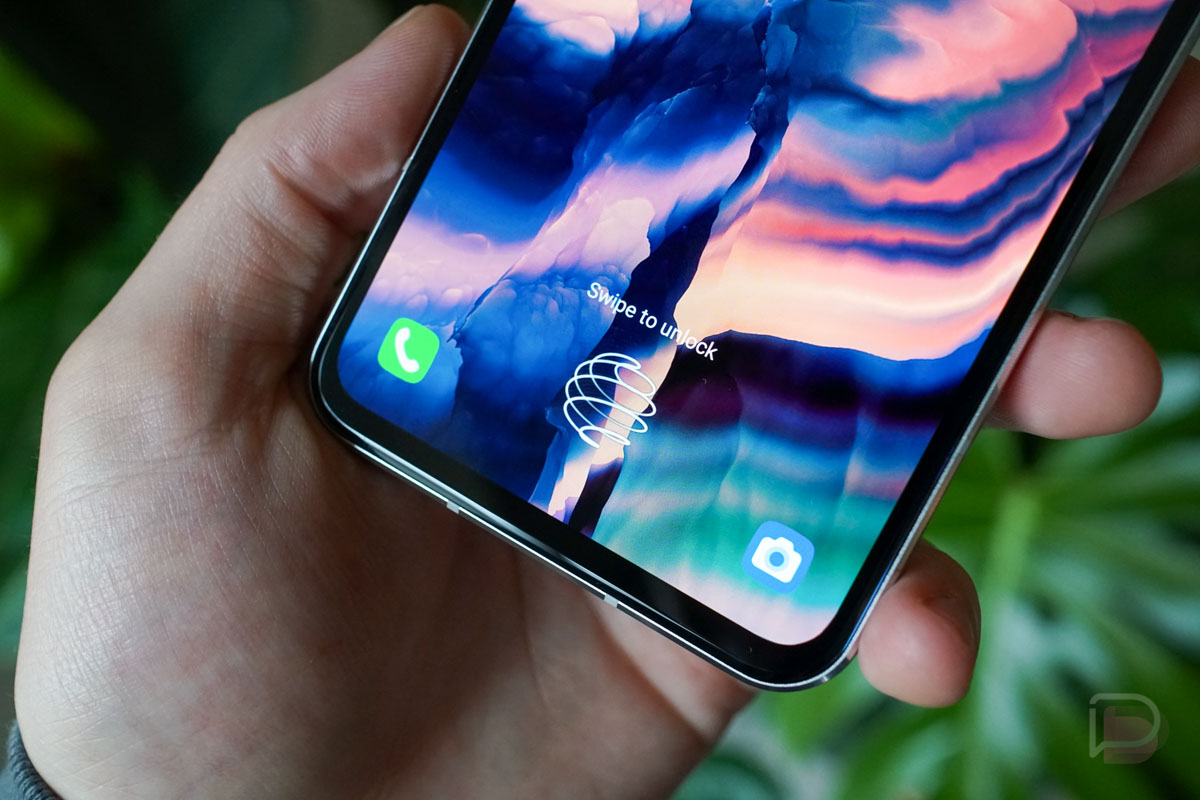
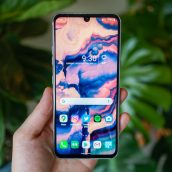
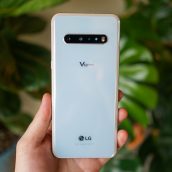

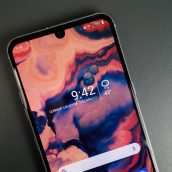
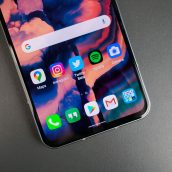
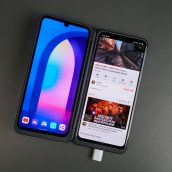
Collapse Show Comments